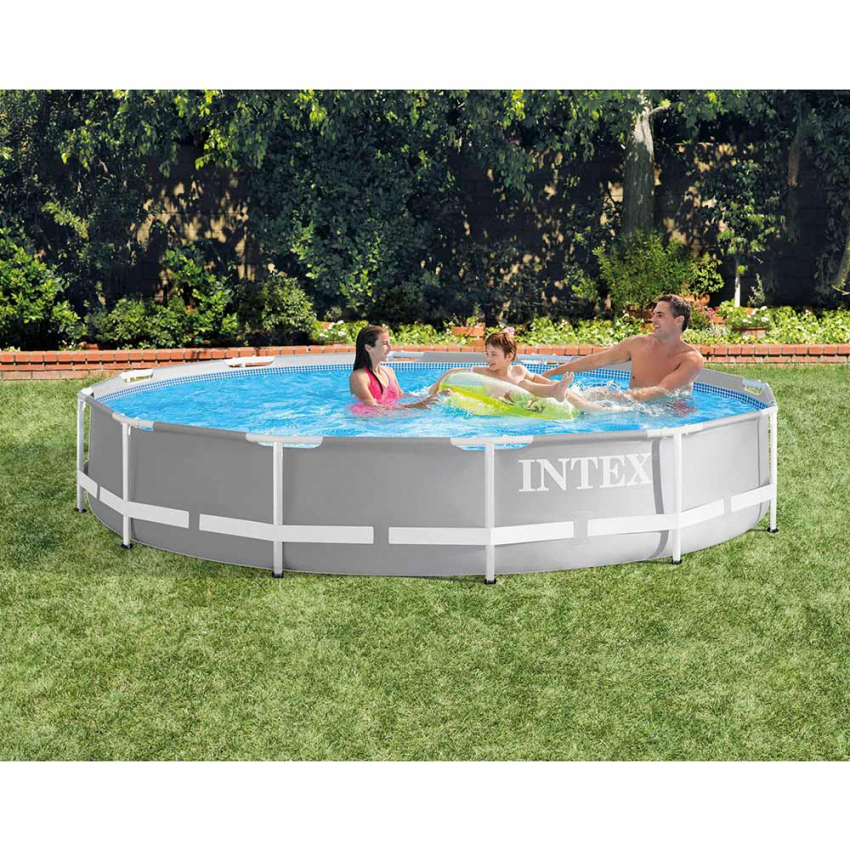Protect Your Pool This Winter: Step-by-Step Tips
페이지 정보
작성자 Glenn 댓글 0건 조회 5회 작성일 25-09-12 00:31필드값 출력
본문
When the temperature drops and the days get shorter, it’s time to start thinking about protecting your pool from the harsh winter weather. Ensuring your pool is winterized preserves equipment and guarantees a hassle‑free spring restart. Use these concise, step-by-step guidelines to build a sturdy freeze‑proof foundation.
1. Clean & Inspect Your Pool
Begin with a comprehensive cleaning. Eliminate leaves, debris, and all organic matter from the surface and base. Sweep the surface with a net and vacuum the floor to avoid algae and staining when the pool is closed. Look over walls, tiles, and equipment for cracks or leaks. Minor cracks may seal as the water freezes, yet larger cracks can lead to damage or leakage.
2. Balance Your Water Chemistry
Measure the pH and total alkalinity. Aim for a pH of 7.4–7.6 and alkalinity around 80–120 ppm. Tweak using soda ash or muriatic acid as required. Test calcium hardness and target 200–400 ppm. Include a winter stabilizer (cyanuric acid) when using chlorine. 30–50 ppm shields chlorine from UV in summer and keeps it stable in winter.
3. Shock the Pool
A strong shock treatment eradicates any remaining bacteria and algae. Choose a non‑chlorine shock product if you prefer to keep chlorine low in the off‑season. Follow the manufacturer’s dosage instructions carefully.
4. Drain Water (Optional but Recommended)
For regions with very cold temps or heavy snow, draining the pool is worth considering. Lower the water level to the minimum recommended by the pool manufacturer, typically about 6–12 inches above the skimmer or the lowest point of the plumbing. Employ a submersible or portable water pump to evacuate the water safely. Dispose of the water responsibly—many local regulations disallow dumping pool water near drainage systems.
5. Remove or Secure the Equipment
Pull out the pool heater, filter cartridge, and any other removable parts. Keep the heater in a dry, climate‑controlled area. If the filter cannot be removed, wash it completely, clear all debris, and run a fresh chemical cleaner through it before covering. Flush the filtration system with clean water, then backwash to eliminate trapped debris.
6. Protect the Filtration and Pump System
If the pump remains, pour a small amount of antifreeze into its inlet and outlet lines. Place a waterproof, insulated cover over the pump and filter to avoid freeze‑thaw damage. Use a "pump cover" that lets you observe the system without taking the cover off.
7. Install a Heavy‑Duty Pool Cover
A premium, watertight cover serves as your initial defense against snow, ice, and debris. Use a cover rated for your climate, e.g., a winter‑grade, heavy‑weight cover for colder regions. Ensure it fits snugly; any gaps allow water seepage and can cause bulging. Tie the cover with straps or a tension system to hold it during strong winds or heavy snowfall. Examine the cover for tears or damage prior to installation; replace if required.
8. Add a Winterizing Chemical (Optional)
Some owners add a tiny amount of pool stabilizer or a winterizing blend to the water. These products maintain chlorine stability and curb algae growth. Pay close attention to the product’s dosage directions to avoid over‑chlorination.
9. Seal the Pool Liner or Shell (If Applicable)
For vinyl liners, applying a sealant can help prevent cracks from forming. For concrete pools, consider a concrete sealant that can absorb freeze‑thaw cycles. Always use products that are rated for pool use.
10. Monitor the Weather and Adjust as Needed
Monitor local weather reports closely. If a freeze is anticipated, double‑check the cover’s security and that no water has entered the pool stabil. If water gathers on the cover, remove it, drain the water, and replace the cover.
11. Prepare for Spring Reopening
Once the snow melts and temperatures rise, you’ll need to reverse the winterization steps. Pull off the cover and check the pool for damage. Refill the pool to the normal operating level. Restart the filtration system, add chlorine or other sanitizers, and rebalance the water chemistry. Reinstall any equipment that was stored.

Why Winterize?
Neglecting winterization can cause expensive repairs such as cracked shells, damaged pumps, and rusted plumbing. A properly winterized pool protects your investment and saves time and money when you dive back in.
If you follow these steps, your pool will have a safe, protected winter and be ready to sparkle again when spring arrives.
- 이전글Smart Vending Units: Boosting Ad Revenue 25.09.12
- 다음글Selecting a Secure and Reputable Online Casino 25.09.12




